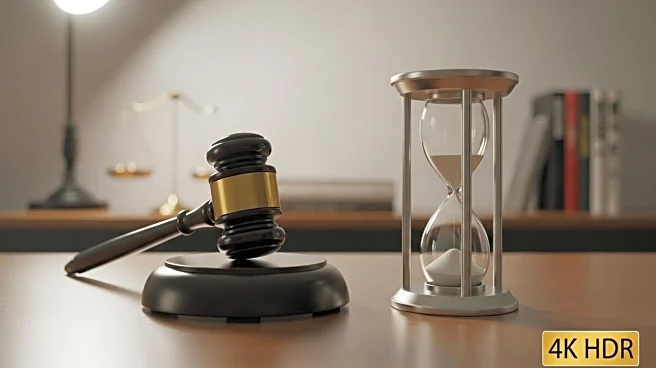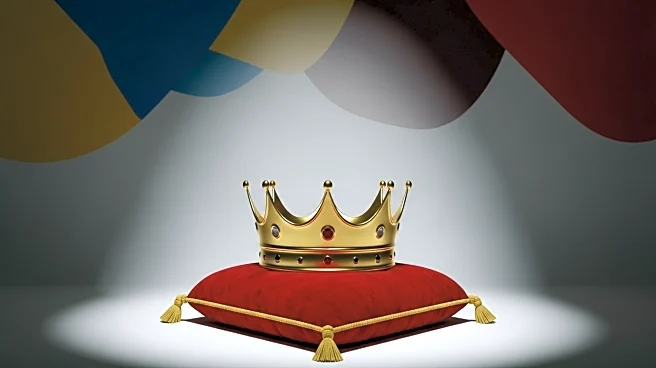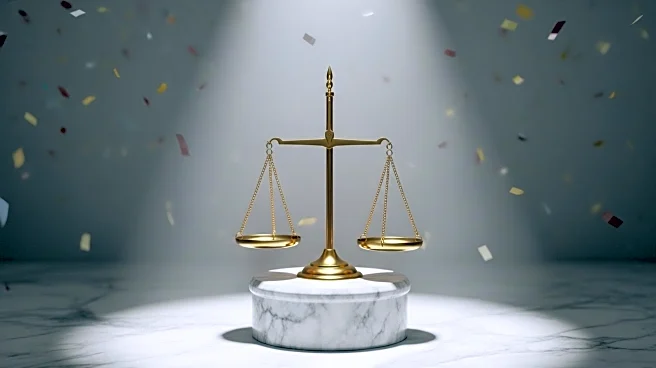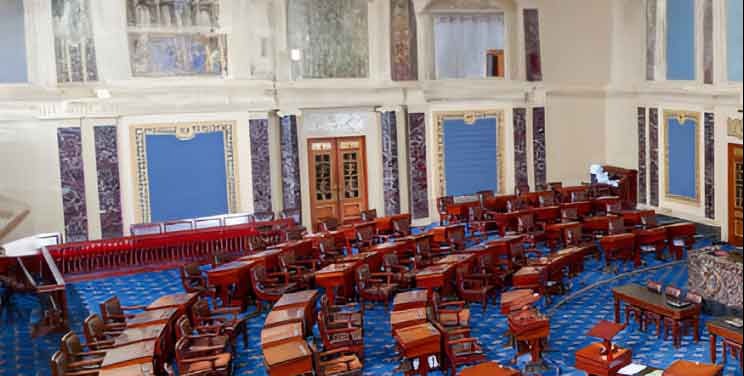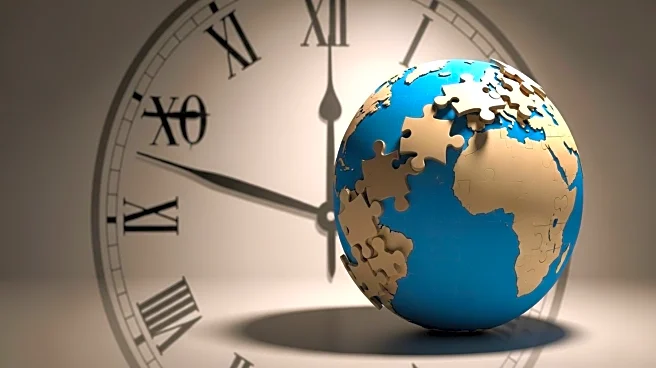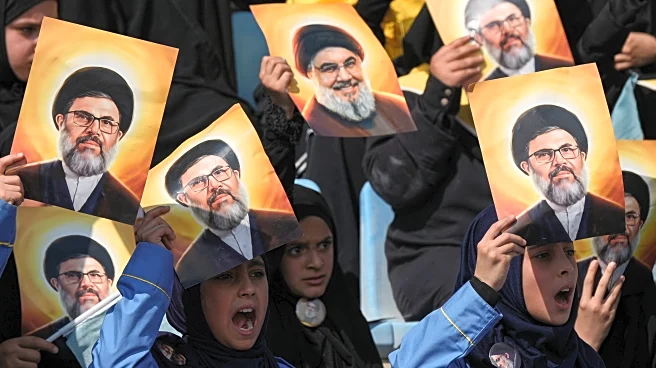What's Happening?
California Governor Gavin Newsom has taken a jab at President Trump by posting a censored version of a TIME Magazine cover that has upset the president. The cover, which features Trump in a low-angle shot with lighting that obscures his hair, has been criticized by Trump as making him appear bald. Newsom's social media team reposted the image with Trump's neck blurred out, further fueling the online debate. The cover accompanies an article praising Trump's role in brokering a peace deal between Israel and Hamas, which TIME described as a 'signature achievement' of Trump's second term. Despite the positive content of the article, Trump expressed his dissatisfaction with the photo, calling it 'the worst of all time' on Truth Social.
Why It's Important?
The incident highlights the ongoing tensions between President Trump and media outlets, as well as the political rivalry between Trump and Governor Newsom. The TIME Magazine cover, while celebrating Trump's diplomatic success, has become a focal point for criticism and mockery, illustrating the polarized views on Trump's presidency. The peace deal itself is significant, potentially marking a strategic turning point in the Middle East, but the focus on the magazine cover underscores how media portrayal can influence public perception and political discourse. This event may impact Trump's image and his interactions with both domestic and international stakeholders.
What's Next?
The reaction to the TIME Magazine cover may lead to further exchanges between Trump and his critics, including political figures like Newsom. Trump's supporters have already begun to counter the narrative by sharing edited versions of the cover that present him in a more favorable light. As the peace deal progresses, attention may shift back to its implications for Middle Eastern politics, but the media portrayal of Trump will likely continue to be a contentious issue. Stakeholders in the media and political arenas may respond with additional commentary or actions that could influence public opinion and diplomatic relations.
Beyond the Headlines
The controversy surrounding the TIME Magazine cover raises questions about the role of media in shaping political narratives and the ethical considerations of image manipulation. It also reflects broader cultural dynamics, where visual representation can overshadow substantive achievements. The focus on Trump's appearance rather than the peace deal itself may indicate a shift in how political figures are evaluated, emphasizing style over substance. This could have long-term implications for political communication strategies and the relationship between media and political leaders.
